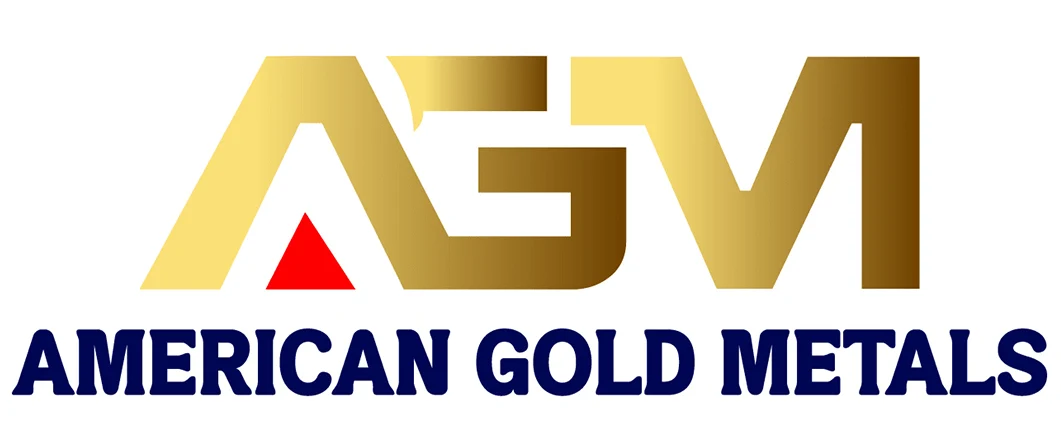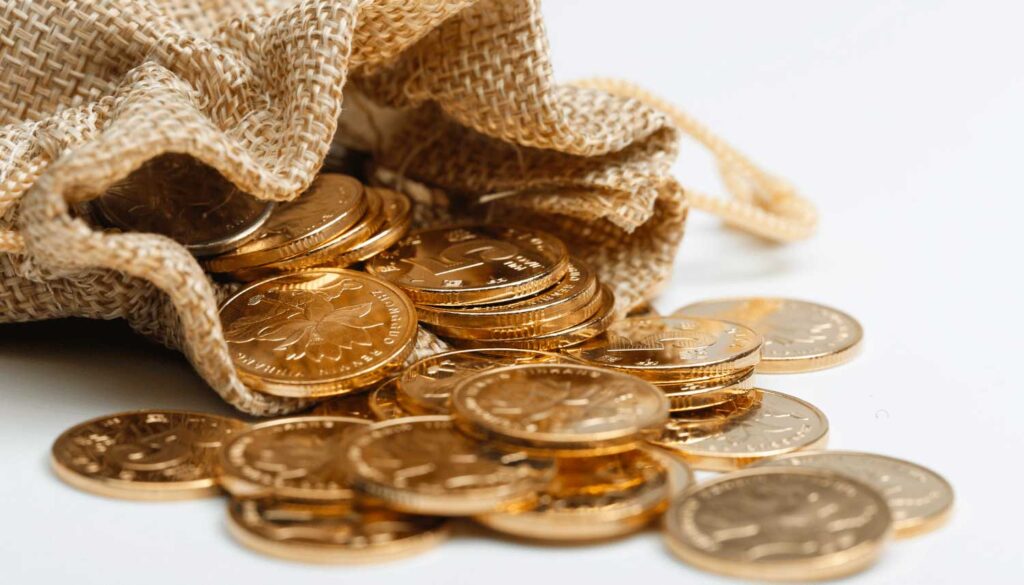It has been my central thesis that central bank actions around the globe have essentially locked in the long-term trend of devaluation of national currencies while at the same time assuring a long-term bull market in precious metals. I have recently opined that silver could outperform gold in the next few years, and have laid out the bullish case for silver. While gold and silver are the most popular precious metals, one of the world’s top precious metals is often ignored. Platinum, which is rarer than gold and silver and also has many applications beyond being a precious metal as it is used in the industrial sectors is actually in a deficit now due to the recent South African mining strikes. It is estimated that platinum production in South Africa will be diminished by about 350,000 to 400,000 ounces for 2012. Platinum is a high-demand metal, and thus a deficit should be a tailwind for the price as supply will be limited to meet a higher demand. Therefore it is a buy among the other reasons I recently laid out in a case for platinum. Since then, platinum has appreciated nearly 10% and is likely just getting started.
For the first time since March, platinum traded at a higher price than gold, and for the last decade was trading predominately lower than gold. With prices about even the historical ratio is still out of its historical range. Since the1990s platinum has often cost 1.5 to 2 times as much as gold. Platinum currently trades at $1685 an ounce, whereas gold is now trading at $1680 an ounce. Given the race to debase currencies by central banks around the world, I think precious metals such as gold, silver and platinum stand to gain significantly and platinum is just beginning its ascent toward $2,000 an ounce. Thus I recommend investors consider adding it to portfolio holdings reserved for precious metals, in addition to gold and silver. As I have outlined previously with gold and silver, there are a variety of ways to invest in platinum including physical bullion and coins, ETFs that track the price of platinum, or individual mining companies.
Physical Bullion and Coins
Like gold and silver, platinum can be purchased in physical form such as bullion or coins. Like gold and silver I believe this is indeed the best way to invest in platinum. Platinum can be slightly harder to find in physical form from local dealers but can definitely be found from the major dealers online. Be sure to buy the purest form available. Do your research to find a reputable dealer online to prevent overpaying and/or delivery issues. If possible try to buy locally, as the selling fees and shipping costs from online purchases can eat into any potential return on investment in the near term. Finally, some people invest in physical metals via their IRA and do not take delivery of the physical metal themselves. I prefer investors take delivery whenever possible to prevent any potential hassles of obtaining and/or selling the assets in the future.
Platinum ETFs
As with the SPDR Gold Trust (GLD) and the iShares Silver Trust (SLV) that track gold and silver, one approach that investors should consider to gain exposure to platinum is through an ETF that attempts to track the performance of the price of platinum.
There are two ETFs that I recommend. The first is the ETFS Physical Platinum Shares (PPLT). The investment seeks to “reflect the performance of the price of physical platinum, less the expenses of the ETF’s operations. The fund is designed for investors who want a cost effective and convenient way to invest in platinum with minimal credit risk.” Advantages of investing in the PPLT ETF include ease, flexibility of investment and relatively low expenses. The expense ratio of PPLT is 0.60%. Each PPLT share is backed by approximately 1/10th an ounce of physical platinum, which is stored in London and Zurich banks. According to the prospectus each platinum bar is numbered and is reported daily on the ETF’s web site. Average daily trading volume is around 57,000 shares, making it the most liquid of the platinum ETFs and ETNs. PPLT is much less liquid than other precious metal ETFs such as GLD or SLV, but still adequate for investing/trading purposes. PPLT currently trades at $150.44 a share. It has a 52-week trading range of $133.00 to $171.46.
The second fund was just recently launched and is the Sprott Physical Platinum and Palladium Trust (SPPP). This fund is not an ETF but rather a CEF, which means that the fund can trade at premiums or discounts to its net asset values because the number of outstanding shares is constant, compared to an ETF which can create new shares in real time to keep the price at or right around its net asset value. SPPP has an annual fee of 0.5% which is less that PPLT’s 0.6% expense ratio. Like other Sprott physical gold (PHYS) and silver (PSLV) funds, SPPP has a unique redemption feature that allows owners of shares to redeem units for physical delivery of platinum and palladium. From the prospectus
Assuming the price of platinum to be $1,400 per ounce and the price of palladium to be $640 per ounce, and using current expense estimates, a Unitholder redeeming a block of 25,000 Units for physical platinum and palladium bullion will be responsible for approximately $1,045 in expenses incurred by the Trust in connection with such redemption, representing 0.42% of the value of the bullion represented by the 25,000 Units so redeemed.
The SPPP shares are currently trading at $10.00 with average volume of 700,000 shares in the few weeks it has been on the market.
Platinum Stocks
A more indirect way to invest in platinum is through one of the mining companies, as I have also recommended considering for gold and silver exposure. Often these mining companies are engaged in mining platinum group metals that encompass not only platinum, but other rare earths such as palladium and rhodium.
My top pick in the platinum mining space is Stillwater Mining Company (SWC). In operation since 1992, SWC engages in “developing, extracting, processing, smelting, refining, and marketing palladium, platinum and platinum group metals.” The company conducts its mining operations at the Stillwater mine located near Nye, Montana, and at the East Boulder mine located near Big Timber, Montana. It is also involved in developing Marathon, a platinum group metal and copper property located in Ontario, Canada. It is also exploring the Altar site, a copper and gold property located in San Juan, Argentina. In addition the company operates a smelter and base metal refinery located in Columbus, Montana. Further, it recycles spent catalyst material to recover palladium, platinum, and rhodium at its smelter and base metal refinery. As of December 31, 2011, the company had proven and probable ore reserves of approximately 42.5 million tons at its Montana operations, and approximately 91.4 million tons at the Marathon development project. The company recently released a report where it detailed that demand for palladium and platinum is intensifying worldwide. This demand should support higher prices and feed into the bottom line.
The company was a bit oversold after issuing a $300 million debt offering and reporting a mixed third quarter. For the quarter, SWC missed on revenue and beat expectations on earnings per share. Compared with the prior-year quarter, revenue dropped significantly and earnings per share contracted significantly. Margins shrank across the board. SWC booked revenue of $181.0 million. Estimates called for revenue of $208.1 million on the same basis. Reported sales were 29% lower than the prior-year quarter’s $253.7 million. Earnings per share came in at $0.11. Earnings estimates forecast $0.05 per share, but were 70% lower than the prior-year quarter’s $0.37 per share. The stock has come back strongly, adding nearly 30% after dropping significantly following the sell-off after earnings. The stock currently trades at $13.83 on average daily volume of 2.9 million shares exchanging hands daily. It trades at a p/e ratio of 27.5 with a PEG ratio of 2.2. The 52-week range of the company is $7.47 to $15.24.
One other stock I like in the space that is currently speculative but I believe has a bright future over the long term is North American Palladium (PAL). PAL engages in the exploration, mining and production of precious metal properties in Canada. The company explores for palladium, platinum, gold and other metals at its mining sites. Its principal property includes the Lac des Iles palladium mine located northwest of Thunder Bay, Ontario. While the company is not primarily platinum oriented it is poised to do well from rising prices of platinum and related group metals.
The company recently updated preliminary 2012 development and expansion projects. For the year, the Lac Des Iles mine produced 163,980 ounces of palladium, achieving the higher end of management’s guidance of 150,000 to 160,000 ounces. In Q4 of 2012, the Lac Des Iles mine produced 44,294 ounces of palladium and 511,226 tons of ore. For 2012, they processed 2,063,260 tons of ore.
During Q4, the PAL made significant progress advancing the critical aspects of its mine expansion. On the Lac Des Iles surface, the major construction components are now completed. The head-frame, the main substation, the hoist house building, the service hoist (this is some mining industry jargon, but the components are used for shaft sinking to retrieve and mine underground) and the auxiliary hoist are all fully operational and 100% completed. The installation of the production hoist has commenced and commissioning is scheduled for the first quarter 2013. The remaining work on surface includes the installation of the main skip dump and the surface ore bins.
Unlike some of the miners that operate in South Africa, which are increasingly faced with geopolitical risk and hyper-inflationary cost challenges, PAL operates in a mining friendly jurisdiction with lower political risk, stable government policies, moderate cost inflation and available labor. The company has moderate debt levels and maintains an ability to finance working capital to support funding exploration and development investment activities. The stock currently trades at $1.75 on average daily volume of 1.6 million shares. The company is currently not profitable on an EPS basis as it continues to expand and develop. The stock has a 52-week range of $1.15-$3.31. The Company’s 2012 financial results will be released in February.
Conclusion
Frequently, platinum is overlooked in favor of gold and silver. While I highly recommend gold and silver for the long-term investor, as well as the companies that mine these metals, I also believe that platinum and platinum companies should be considered. Should platinum return to its historic trading ratio with gold, it suggests a large upside for platinum relative to gold. Since my last comment on platinum, it has moved 10%. I believe the move toward $2,000 an ounce is now underway. With prices of precious metals set to rise long-term stemming from increasing demand, geopolitical tension, risk of inflation and central bank balance sheet expansion, investors should consider mixing platinum exposure into their precious metal portfolio allocations along with gold and silver.
Christopher F. Davis – Seeking Alpha – January 17, 2013






